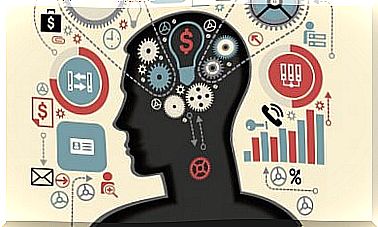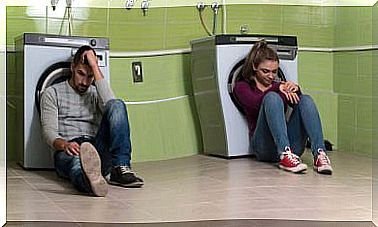Astrocytes: Builders Of Nervous Highways
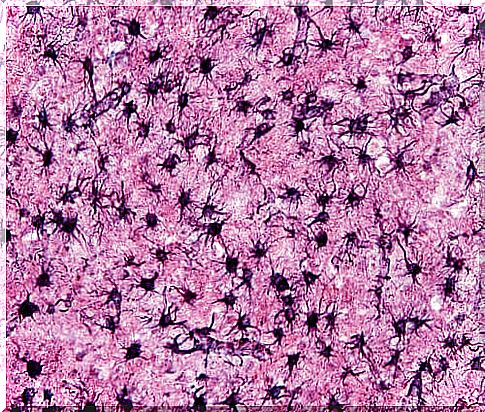
Astrocytes are part of the glial cell group. Its importance has varied over time. At first, its function was underestimated, since all the protagonism was taken by the neurons. But, it has been shown that they not only fulfill a passive function, that is, their job is not simply to complement neurons.
This type of glial cells is responsible for the construction of nerve highways, since among other functions:
- They guide neurons during migration.
- They induce the formation of the blood-brain barrier.
- They are the metabolic support of neurons.
- They collaborate in neuronal regeneration.
Therefore, there is much to discover and know about astrocytes. In fact, it is surprising how they respond to neuronal activity and the form of repair and communication that they possess. Let’s go deeper.
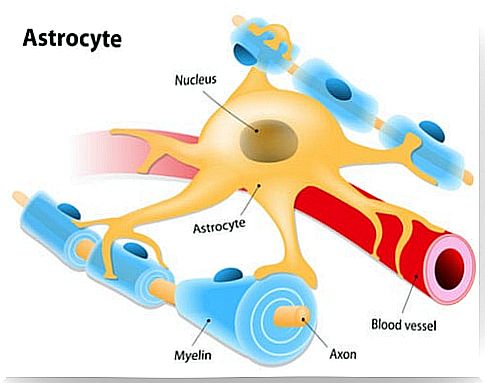
Types of astrocytes
Astrocytes completely surround the brain capillaries and form a physical barrier between the blood and neurons. They have different types that give rise to different varieties:
- Protoplasmic astrocytes: They are found in the gray matter. They have a globe-like shape with branches that give rise to other irregular and curved branches. The ends of its branches line the blood vessels, the meningeal surface and the synapses.
- Fibrous astrocytes: They are found in the white matter. They have thin, long and unbranched extensions, in the form of fibers. Its endings surround the nodes of Ranvier of the axons and the blood vessels.
As a curiosity, it is worth mentioning that the term astrocytes comes from the way these cells present, which is similar to a star in which there are extensions that project onto neighboring cells.
In addition, astrocytes contain in the cytoskeleton a protein called glial fibrillar acid protein (GFAP), which is the characteristic that makes them different, since it is only found in this type of cell.
Features
Astrocytes build the information transmission pathways in our brain. Thanks to the neural connections they provide, they are responsible for helping to guide the journey made by the axons, through molecules that attract or repel.
As good builders, astrocytes are aware of what is going on ‘in real time’ in nervous function. Therefore, they are responsible for maintaining the balance of neurons or brain homeostasis – it is said for this reason that they act as metabolic support -, which is achieved through the conservation of the ionic balance of nerve cells.
In addition, they participate in the maturation, formation and maintenance of neuronal synapses. Through astrocytes, neurons are supplied with oxygen, nutrients, and protective insulation.
Now, through a process called phagocytosis, these cells are capable of eliminating waste from brain metabolism. This process is beneficial as it allows the elimination of wastes and pathogens and is carried out by transporting waste products to the blood so that they can be eliminated. Also, when brain injury occurs, astrocytes travel to the injury site to remove dead neurons.
On the other hand, they are part of the all-important blood- brain barrier (BBB), which makes them intermediaries between the circulatory system and neurons as a filtering mechanism. Therefore, they are also responsible for regulating the passage of molecules from the blood to the brain.
Astrocytes are linked to neurotransmitters, since they respond to them actively and have receptors for their binding. This is a true communication method for this type of glial cells that is complemented by another way of sending messages by isolating the space at the synaptic junctions and by acting as signal modulators between neurons.
Astrocytes and reactive gliosis
There is a pathological process by which the number of astrocytes increases rapidly and inordinately. This process is the one that accompanies inflammatory phenomena and is called reactive gliosis.
Two types of astrocytes have been found when this type of proliferation occurs: A2, which have reparative functions, and A1, which promote the degradation of nervous tissue.
Reactive gliosis occurs when there is a lesion in the nervous system and is followed by a proliferation of these cells in the regions that have suffered the damage. This phenomenon has been reflected in many studies.
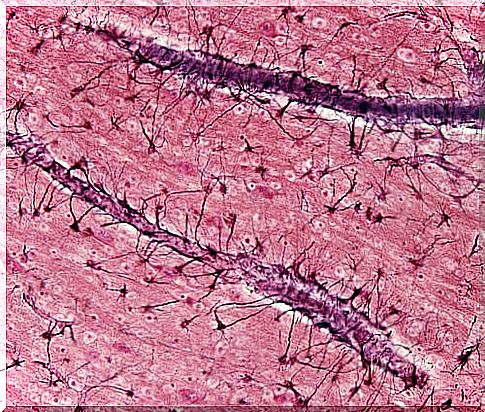
In what would it favor and in what not?
Reactive gliosis is beneficial because it causes a synthesis of neurotrophic factors that are responsible for promoting the survival of neurons. And, on the contrary, it is harmful because it generates a glial scar, which is a barrier to axonal growth.
This phenomenon is vital in clinical research, as it is a great hope for new therapeutic models. For example, stem cell transplants are studied using neurotrophic factors that promote neuronal regeneration. In fact, they are being investigated to solve neurodegenerative diseases such as Alzheimer’s and Parkinson’s.
Why are they the great builders of the nervous system?
Astrocytes are responsible for establishing communication bridges between different cells of the nervous system. In addition, since they are responsible for isolating and eliminating harmful substances, they act against brain damage and allow the re-establishment of these communication pathways.
Astrocytes are prepared to forge links between different places and anatomical-functional elements, such as the circulatory system and the blood-brain barrier, neurons with each other and with brain neurotransmitters, among others. In addition, they are fabulous when it comes to maintaining nervous highways, since they keep the nervous system in internal balance.
In the light of all these findings, we can only hope that Neuroscience, through its continuous study of these cells and their potential applications, leads us to great advances for health related to this type of glial cells.







